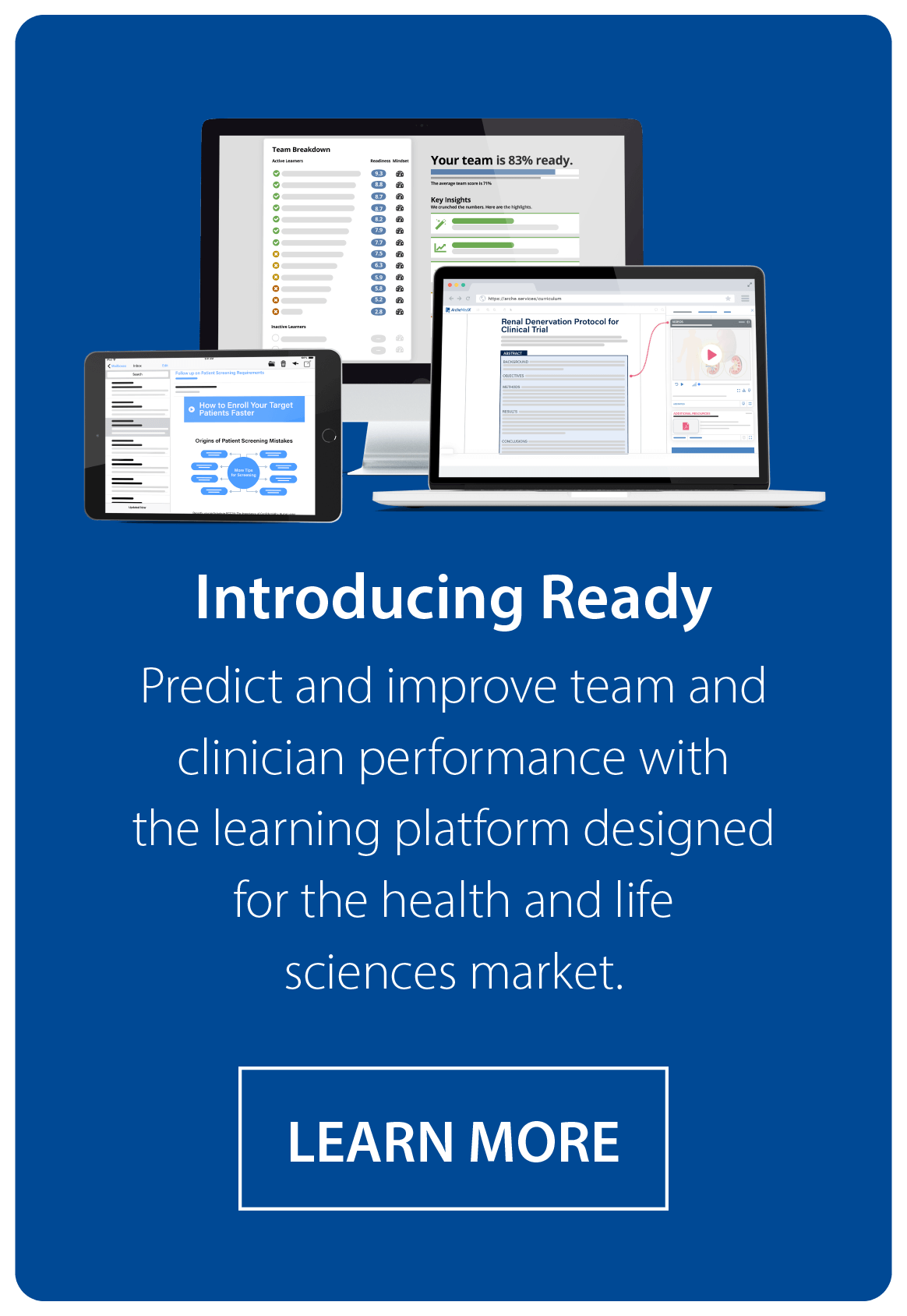When sponsors and contract research organizations (CROs) make decisions about which sites to include in a clinical trial, they too often rely on outdated historical data and show little confidence in the additional data the sites provide to them.
For example, when completing the traditional site feasibility assessment sites may guess or inflate the number of patients that they believe they can enroll. Sponsors and CROs anticipate this response and typically adjust the projections to fit their subjective expectations for each clinical trial site. They simply don’t have faith in the data that the sites report.
This has been the state of clinical trial site selection. There’s little confidence and lots of guessing.
Don’t Bet on Past Trial Site Performance.
Fortunately, we live in a digital age and more and more sponsors are employing new methods to collect and analyze a wider variety of data: data that should inspire confidence. However, there’s a warning commonly offered up by the investment industry: “Past performance is not always indicative of future results.” Think about that when you’re considering sites for your next clinical trial.
Currently, the pharmaceutical industry is investing heavily in mining EHR data and patient claims databases to identify viable patient populations at prospective sites. They then combine this analysis with past historical data when evaluating clinical trial sites — data that might pertain to a different location, a different study team, or a different technology. There are other factors subject to change as well. Given this, just how relevant are those historical data for you and your team planning a future study?
Certainly historical data are a valid input, but one that needs to be balanced with a thorough understanding of the current state of affairs at the prospective site. How confident and capable is the current study coordinator? How committed are the principal investigator and sub investigators to recruiting subjects for your study vs. the five other studies they already oversee?
How can we get this type of insight?

Changing the Clinical Trial Site Selection Paradigm
Is there a way to generate additional data that can complement and contextualize the historical analysis or even replace the traditional feasibility survey with a more accurate, confidence based assessment?
The answer is yes. We can leverage proven digital technologies and behavioral analysis to evaluate site feasibility in a more novel way that assesses the confidence, capability, and interest of site personnel.
Sponsors and contract research organizations (CROs) can deliver an interactive experience around the protocol synopsis and key questions to personnel from prospective sites.
As the personnel engage with the content and questions (at the time and place of their own choosing) the sponsors and CROs learn about them. Specifically, they learn what site personnel strengths and weaknesses are. They learn how engaged and interested the clinical trial site is around the particular study. They learn what key concerns or questions sites might have in operationalizing the protocol. And, ultimately, they learn whether or not site personnel are sufficiently prepared and motivated to conduct a successful study.
This approach can provide valuable behavioral insights that help to inform the selection process.
Time to Move On?
Pharma has yet to fully embrace the power of digital technology (and behavioral data), and the industry’s clinical trial operations in particular retain a lot of out-of-date practices. (For example, most feasibility assessments use basic spreadsheets and many still rely on paper surveys) But considering the vast amounts of time and money involved in getting a clinical trial site up and running — as well as the time and money lost when sites must be closed because of failure to perform— it seems worthwhile to consider changing the status quo.





